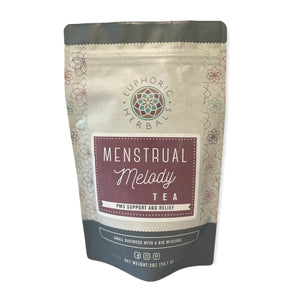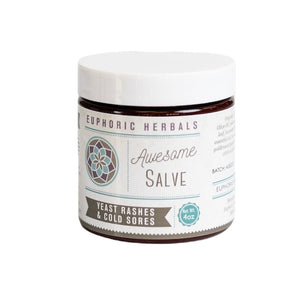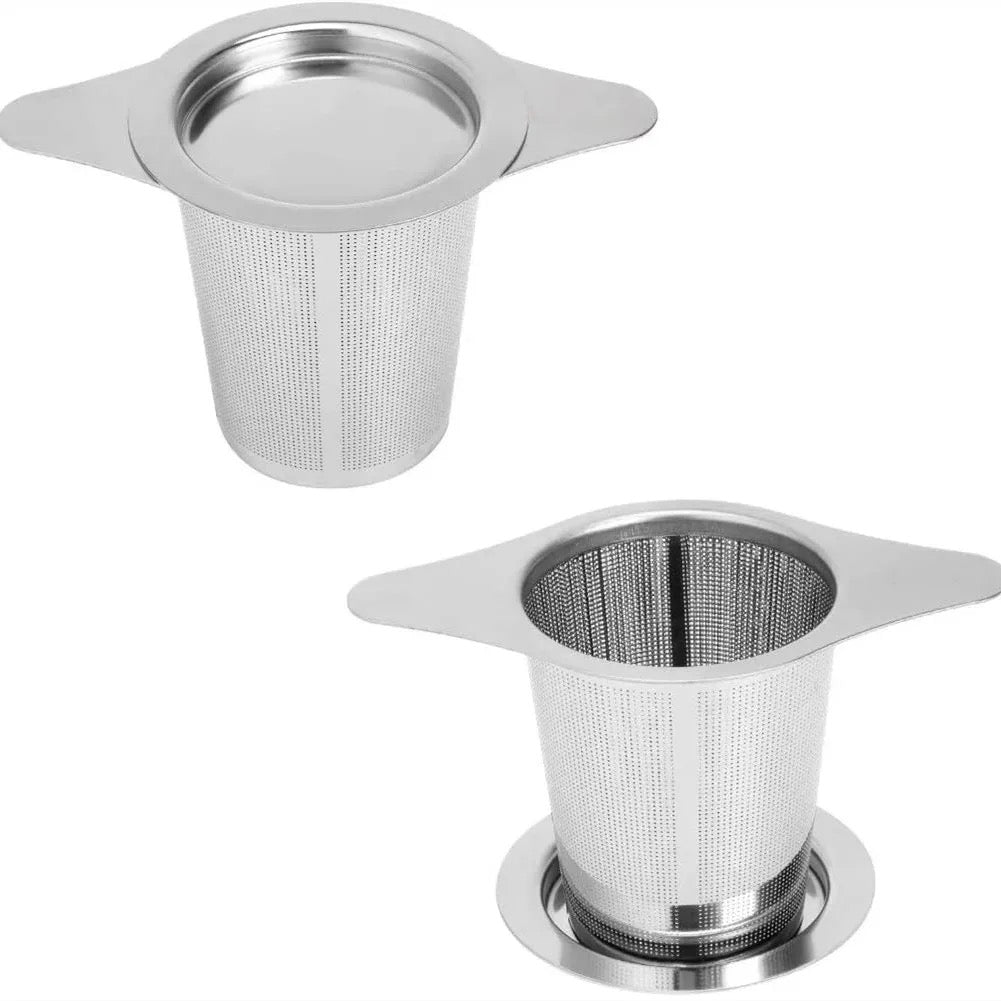What Is a Nursing Strike?
If your baby is less than a year old, he or she is probably not ready to be weaned, even if they seem to have lost interest in breastfeeding. After all, the first twelve months of life are when babies are physically dependent on their mother’s milk.
Therefore, if your baby had been nursing well previously and now suddenly refuses to take your breast, it might be what some people call a nursing strike. Besides your baby’s age, another clue of a nursing strike is that you try to wean them, and they are not happy with it.
Nursing strikes usually last between two and four days, but they can last up to 10 days. There are ways to help you get your striking baby to get back to breastfeeding, but it might take some ingenuity and inspiration on your part.
What to Do If your Baby is on a Nursing Strike?
When your baby completely refuses to take your breast, there are two things on which to focus. You need to start expressing your milk and feed your baby.
You can pump your breast milk and save it. Pump as often as your baby was feeding from the breast. This will help you avoid the discomfort of breast fullness and also keeps your milk production up so that it continues to flow. If you don’t do this, you run the risk of developing mastitis or breast engorgement. Also, your supply could run dry, so you wouldn’t be able to feed your baby from the breast anymore.
Ideally, it is best to use a double electric pump. You’ll be able to pump the breast milk from both breasts simultaneously, which will be much easier and faster. Plus, this might help to keep your supply flowing.
If your baby doesn’t take the breast, you still have to feed him or her. How you do this depends, at least in part, on how old your little one is. Babies who are at least six or eight months old can use a sippy cup or can be taught how to use one. This works well because it won’t satisfy your baby’s urge to suck on a bottle, which might get them to take your breast sooner. Younger babies will have to be fed your breast milk with an eyedropper, spoon, or regular cup.
Most breastfeeding moms initially think about using a baby bottle to feed their infant. However, it is ideal to choose a feeding method that won’t satisfy your baby’s urge to suck. This can end the strike sooner and will prevent them from liking the bottle more than the breast.
Babies who have no other outlets for sucking, such as a pacifier or bottle, will be more motivated to return to the breast faster. Therefore, you may want to stop letting your baby use a pacifier if they have regularly been using one before the strike happened. Once the strike ends and your baby is back to breastfeeding, they can have the pacifier as needed.
What Causes a Nursing Strike?
Most moms wonder why babies who were nursing well suddenly refuse to take the breast or may start having issues with latching. Your goal is to overcome the strike, but it might be helpful to learn why your baby isn’t taking the breast anymore. We’ve compiled a short, non-exhaustive list as to what could be the cause:
Environmental Causes:
- You or your baby were overstimulated, stressed, or upset.
- Your baby had been crying for an extended period.
- The breastfeeding schedule was too strict.
- There were regular interruptions while breastfeeding.
- Feedings were timed and stopped too soon.
- You had a significant change in routine, such as you returned to work, you moved house, or traveled.
- You’d yell at the spouse or other children during the breastfeeding session.
- It had been a long time since you’d seen your baby (long separation).
- When your baby would bite the breast, you would give a strong and negative reaction.
Physical Causes:
- Your baby might have a cold, ear infection, or another illness.
- The baby might have developed reflux disease, which can make it painful for them to feed.
- Reactions to a product, including laundry detergent, lotion, or deodorant, may prevent your baby from wanting to suckle.
- Pain can be a determining factor. If your baby had a medical procedure, injection, mouth injury, or develops thrush, he or she may not want to nurse or eat at all.
- If you consumed a food or drug that your baby is allergic or sensitive to, it would prevent them from wanting to nurse, at least for a few days.
- Sometimes, if you have an overabundant supply of milk with an overwhelming or fast flow, it will be too much for your baby. They might feel as if they’re drowning.
Knowing why your baby doesn’t want to nurse can help you choose the most effective strategy for getting them off the nursing strike. For example, if they have an ear infection, they will need the proper treatment and recovery time. Then, they will probably go straight back to nursing on their own.
While breast refusal is stressful, it’s usually always possible to return to breastfeeding at some point. We talk about some basic approaches to help you reduce your stress during this difficult time and shorten your baby’s strike.
Tips to Overcome a Nursing Strike

Keep breastfeeding time happy. Avoid turning mealtime into a battleground. If your infant fights your attempts at getting them to breastfeed, then feed them a different way but still cuddle them to your breast and spend a happy time with them at the breast. When you bring your baby near to the breast, laugh, talk, look into their eyes, and play with them. It’s important to make their time there rewarding while making feeding time away from your breast more emotionally neutral. Consider holding your sleeping baby to your breast during naptime; this can help to shorten the strike.
Spend time touching your baby with skin-to-skin contact. When you’re not feeding your baby, hold him or her with their bare torso pressed against your skin, staying that way for as long as possible. This will be soothing to both you and your baby. The hormones you release may also make your baby more open to taking the breast again. If necessary, you can throw a blanket over you both to stay warm and cuddly. You can also take a bath with your little one, keeping him close with a baby carrier or sling.
Offer your breast while your baby is in a light sleep or drowsy. Most babies end up accepting the mother’s breast again for the first time after a nursing strike while they’re asleep or in a sleepy and relaxed state. Therefore, try to breastfeed while your baby is napping. Use your baby’s favorite feeding positions and then experiment. You can make the most out of your baby’s natural reflex to feed by starting in a semi-reclined way with your baby’s tummy on your body. Lean back and then let your baby take a nap on your breast.
Trigger milk flow immediately. It can help to give your baby milk immediately, meaning they don’t have to suck hard or work for it. To do that, pump right before offering the breast to your baby. You can also try to hand-express some milk onto your baby’s lips. If your baby goes to your breast but doesn’t stay there, consider asking a loved one in the household to drip some expressed milk on the breast or at the corner of your baby’s mouth using a spoon. When your little one swallows the milk, it will trigger their suckling reflex, which triggers them to swallow. If it happens again, try repeating the process to see if you can get your baby to take the breast and start nursing again.
Try breastfeeding in motion and breast shaping. If you shape your breast in such a way that it’s easier for your little one to latch on, it might help your baby take the nipple deeper to trigger active suckling. Some babies may need a bit of motion, so you may want to walk around or rock them gently while trying to breastfeed. Pay close attention to when the nursing strikes happen. If it’s when they’re in a semi-reclined position, it might be time to get up and get moving (though gently.)
Consider breastfeeding when your baby isn’t starving. Most babies feed better when they’re relaxed and calm rather than stressed and hungry. If your baby is agitated, try to calm him first. Sometimes, babies will take to the breast better if they’re not very hungry. Therefore, try feeding them a little milk first with whatever feeding method is currently working for you. Start slow to take the edge off their hunger before you give the breast.
Conclusion
You can easily see that there are plenty of methods to help you get your baby over a nursing strike. It’s ideal to find out the cause, especially if it is something that you can fix. Luckily, most breastfeeding issues come with a solution. You just have to find it. With time and patience, this will happen. Plus, you can also get help from a pediatrician or lactation consultant.
If this article was helpful, please consider filling out our contact form with any questions or ideas you may have for us. We greatly appreciate it!


















































































































































































